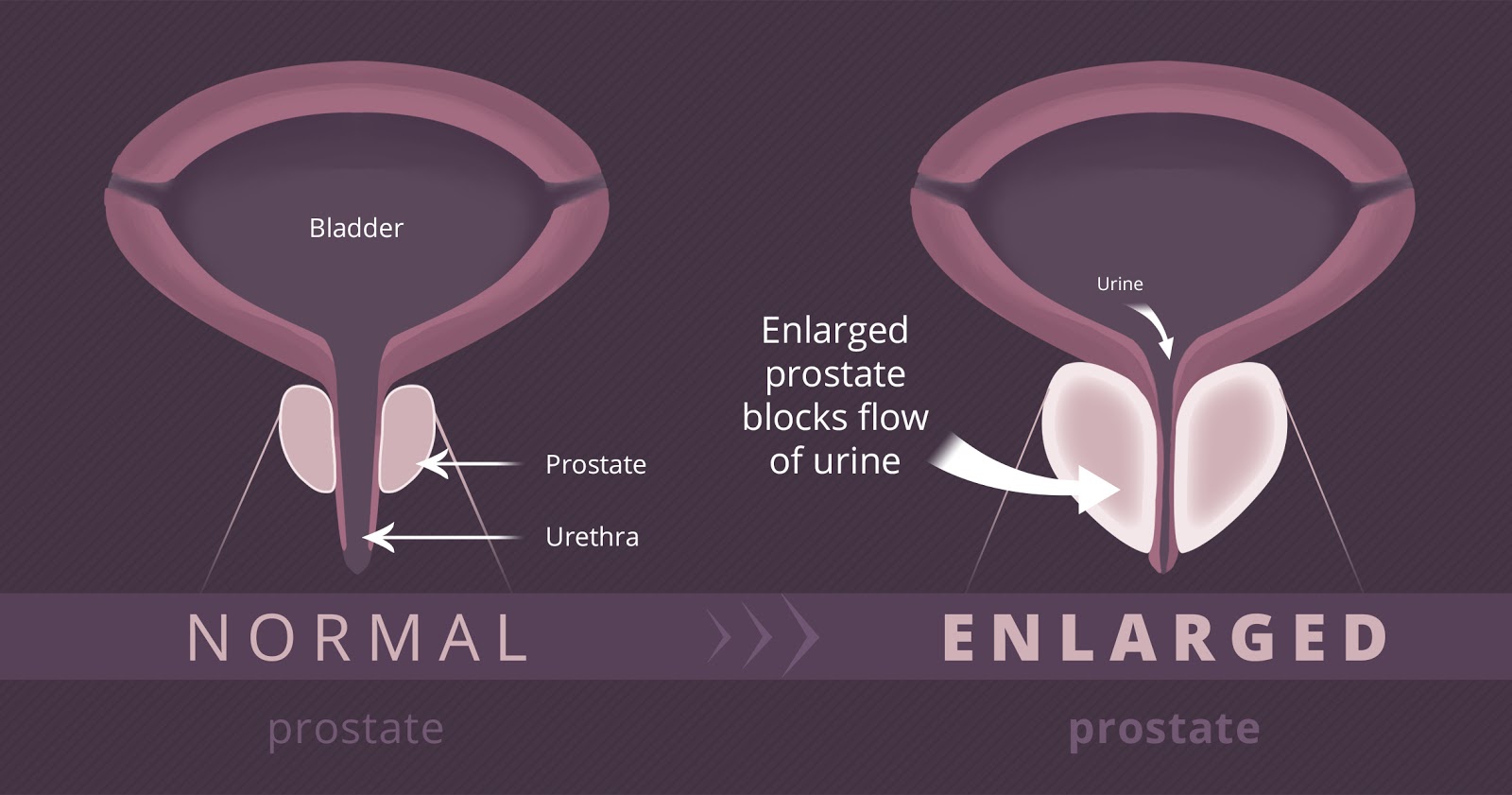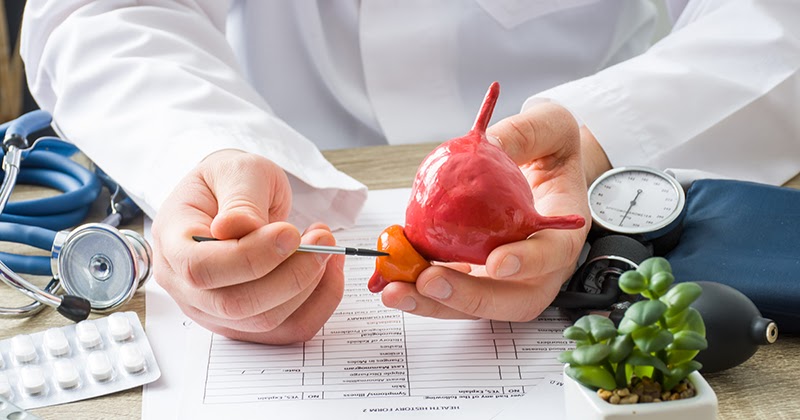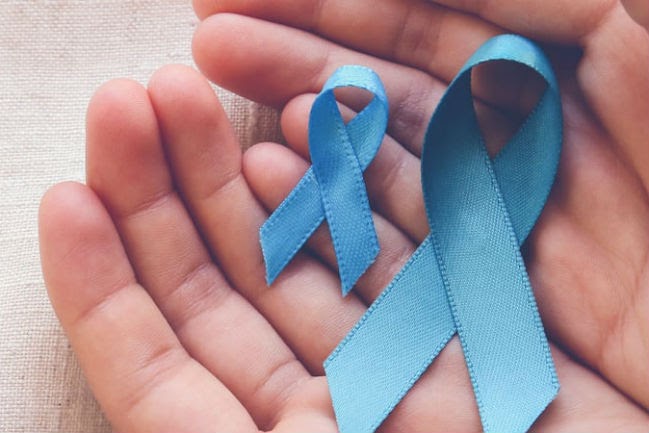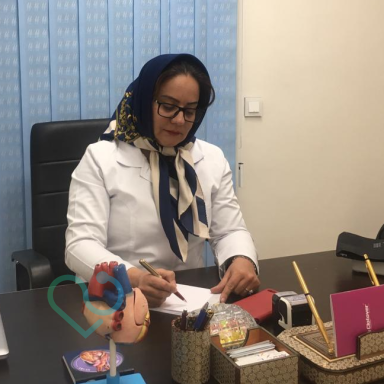Prostate is a small gland in the male reproductive system located in front of the rectum, below the bladder, and surrounding the tube that drains urine from the bladder. The prostate gland secretes a fluid that carries sperm from the testes during ejaculation. This gland can grow and become enlarged with age. The prostate may be the size of a walnut at the age of 40, and at 60 years old, it can be the size of a lemon. Since the urethra is surrounded by the prostate, its enlargement can put pressure on it, leading to problems. However, most people do not experience this issue until after the age of 50.
Many men are unaware of the prostate and how it functions, and they don’t know when to see a doctor if issues arise.
Symptoms of Prostate Problems
Difficulty urinating and a frequent urge to urinate, especially at night, can be signs of an enlarged prostate. Other symptoms include:
- Urinary incontinence
- Sudden urge to urinate
- Slow or delayed urine flow
- Painful urination
- Blood in the urine
- Incomplete bladder emptying

While the enlargement of the prostate does not necessarily mean worse or more severe symptoms, and can vary for each individual, it’s important to consult your doctor if any of these symptoms appear.
What is Benign Prostatic Hyperplasia (BPH)?
Benign Prostatic Hyperplasia (BPH) occurs when the cells of the prostate gland begin to multiply, causing it to swell. As a result, the urethra is compressed, making it difficult to urinate. BPH is not prostate cancer and does not increase the risk of cancer, but it can cause symptoms that impact an individual’s quality of life. Age (due to hormonal changes) and a family history of prostate issues or testicular abnormalities can increase the risk of BPH.
Diagnosing Prostate Problems
The prostate can be affected by various disorders, including prostatitis, BPH, and prostate cancer. All of these conditions are marked by inflammation of the prostate, and the doctor may perform a prostate exam by inserting a finger into the rectum to check for unusual swelling. This method is painless and takes only a minute or two. Additional tests may also be prescribed to diagnose the problem:
- Urine analysis: The urine is tested for blood and bacteria.
- Prostate biopsy: A small sample of prostate tissue is taken and examined for abnormalities.
- Urodynamic testing: The bladder is filled with fluid to measure pressure during urination.
- Prostate-Specific Antigen (PSA) test: A blood test to check for prostate cancer.
- Post-void residual urine: This test measures how much urine remains in the bladder after urination.
- Cystoscopy: A detailed examination of the urethra and bladder.
- Intravenous Pyelogram or Urography: An X-ray or CT scan after injecting dye into the body to visualize the urinary system.
Treating Prostate Problems
The treatment for prostate problems depends on details such as the person’s age, type, and severity of the issue. Treatment options may include:

1- Prostate Treatment with Monitoring
If the prostate is enlarged but the symptoms are not bothersome, an annual check-up is usually enough for care.
2- Prostate Treatment with Lifestyle Changes
Reducing the intake of drinks at night, especially those containing alcohol or caffeine, can help alleviate this issue. In addition, the following measures can be highly beneficial:
- Urinate as soon as you feel the urge.
- Avoid decongestants or antihistamines, as they may interfere with bladder emptying.
- Limit alcohol and caffeine consumption, particularly after dinner.
- Manage stress, as nervousness can increase urination frequency.
- Regular exercise can reduce symptoms.
- Use Kegel exercises to strengthen pelvic muscles.
- Since cold temperatures can worsen symptoms, keep your body warm.
3- Prostate Treatment with Medication
To alleviate symptoms of BPH, alpha-blockers (which relax bladder and prostate muscles, easing urination) and 5-alpha-reductase inhibitors (to reduce the size of the prostate) are used. Other medications that may be prescribed include:
- Hormonal Medications for Prostate Treatment
These medications reduce the levels of hormones produced by the prostate gland. Drugs like dutasteride and finasteride lower testosterone levels, which causes the prostate to shrink, improving urine flow. However, these medications may have side effects like sexual dysfunction and reduced libido.
- Antibiotics for Prostate Treatment
If the prostate is affected by chronic bacterial prostatitis due to BPH, antibiotics are used to reduce inflammation and improve symptoms. Note that antibiotics do not help treat prostatitis or inflammation caused by non-bacterial sources.
4- Prostate Treatment with Surgery
Men with severe symptoms who do not respond to medications may need surgery. Surgical procedures can be done as outpatient procedures (for mild cases) or as inpatient procedures (for severe cases).
- Outpatient Prostate Surgery
In these methods, treatment is performed using instruments inserted into the urethra and the prostate gland:
- TUNA: Radio waves are used to shrink prostate tissue.
- TUMT: Microwaves are used to destroy prostate tissue.
- WIT: Warm water is used to destroy excess prostate tissue.
- HIFU: High-intensity ultrasound is used to remove excess prostate tissue.
- Inpatient Prostate Surgery
If any of the following symptoms are present, inpatient surgery may be recommended:
- Kidney failure
- Bladder stones
- Urinary tract infections
- Urinary incontinence
- Inability to completely empty the bladder
- Frequent blood in the urine
These procedures include:
- - Transurethral resection of the prostate (TURP): The most common surgical method for BPH, where the doctor removes the tissue through an instrument inserted into the urethra.
- - Simple prostatectomy: The doctor makes an incision in the abdomen or perineum (the area behind the testes) and removes the inner portion of the prostate. The patient may need to rest in the hospital for 10 days.
- - Transurethral incision of the prostate (TUIP): This method is similar to TURP but involves making a small incision in the prostate to enlarge the bladder neck and urethra, facilitating freer urine flow. Hospital rest is not necessary for this procedure.

Sources: www.healthline.com - www.webmd.com












Our Customers' Comments
No comments registered